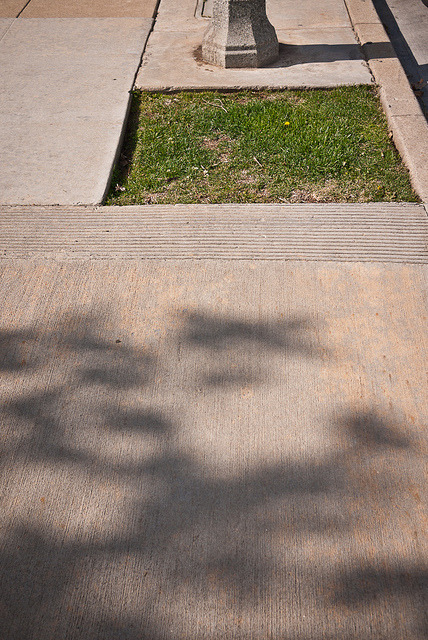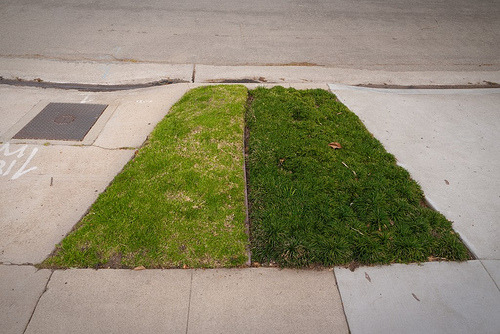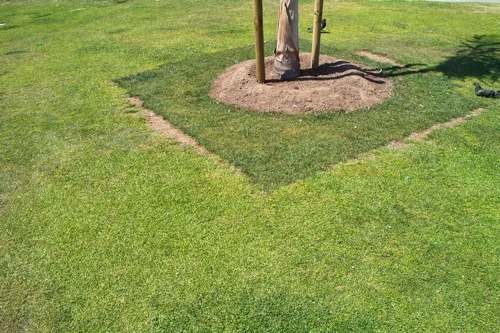A lot of golf courses have promo videos, but it's refreshing to see that some put their environmental efforts front and centre. Arnold Palmer signature course Deering Bay in Florida has done just that...
"In order to protect and maintain our pristine natural coastal habitat, Deering Bay values responsible conservation. From the eco-friendly paspallum grass chosen for our golf course to our on-site garden, we strive to live in harmony among our protected mangroves and diverse wildlife. Our golf course is a member of the Audubon Cooperative Sanctuary Program, and our carefully balanced eco-system features Florida manatees, American crocodiles, and more than 50 varieties of local and migratory birds. Our Committee for Conservation regularly hosts special programs on topics such as recycling and energy, as well as bird watching walks, local nature outings, wildlife lectures with renowned experts, and more."












